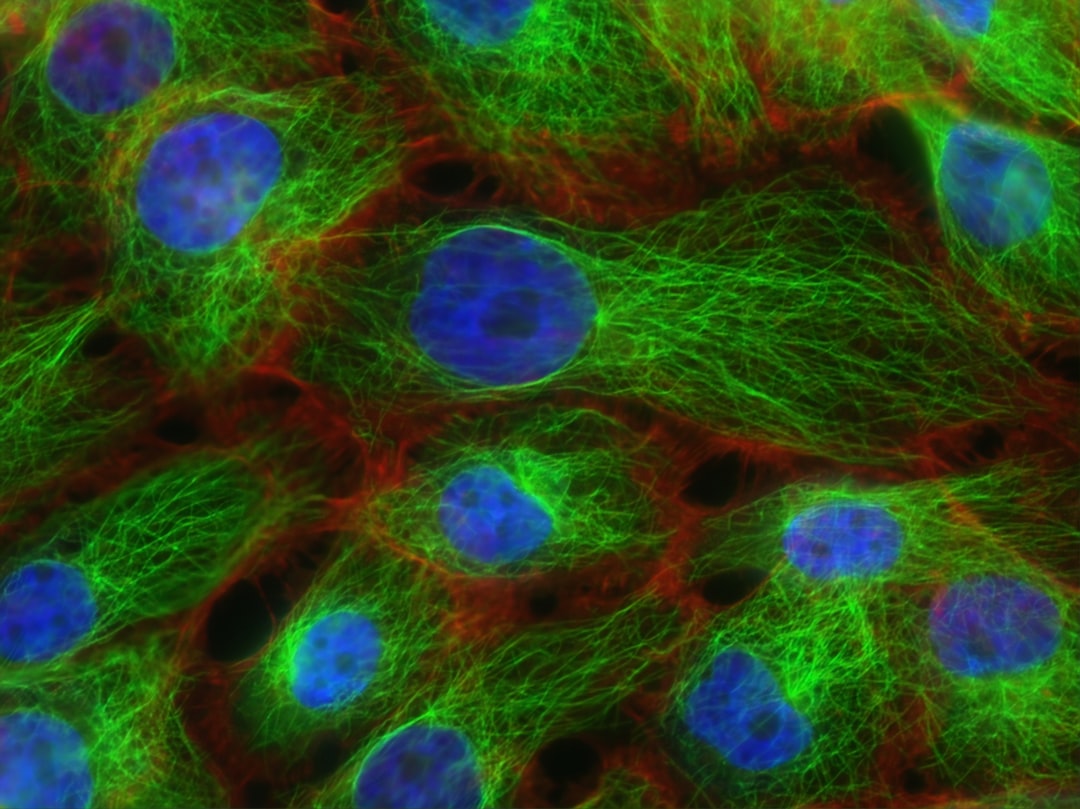What is it about?
Even when Baccharis genus is represented by more than 400 species, only 50 species approximately have been studied in oil composition to date. From these studies, very few take in consideration differences between male and female plants, which is a significant and distinctive fact of Baccharis in the Asteraceae family. Our results, from GC/MS/olfactometry analyes, have shown a very similar chemical composition between male and female extracts, with a high proportion of terpenes compounds being β-pinene, limonene and germacrene D the main components. Despite the chemical sameness, great differences in aromatic profile were found: male plant samples exhibited the strongest odorants in number and intensity of aromatic attributes. These differences explain field observations which indicate differences between male and female flower aroma, and might be of ecological significance in the attraction of pollinating insects.
Featured Image
Why is it important?
GC/MS/olfactometry allowed to explain differences in the volatile metabolites profile between male and female specimens of B. articulata. The results imply aroma differences between specimens interesting for both, essential oil extraction and ecological applications.
Read the Original
This page is a summary of: Impact of gas chromatography and mass spectrometry combined with gas chromatography and olfactometry for the sex differentiation of Baccharis articulata
by the analysis of volatile compounds, Journal of Separation Science, August 2015, Wiley,
DOI: 10.1002/jssc.201500131.
You can read the full text:
Contributors
The following have contributed to this page










